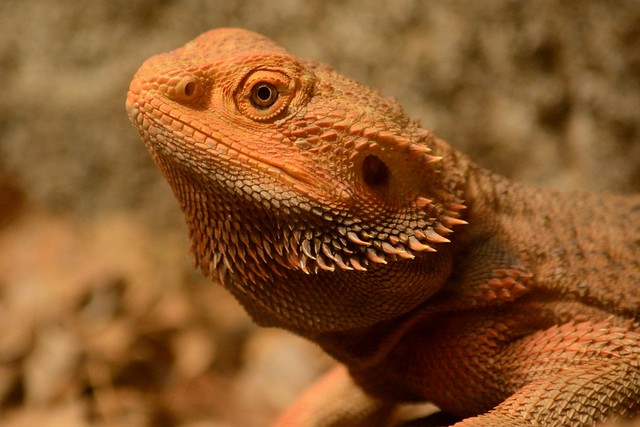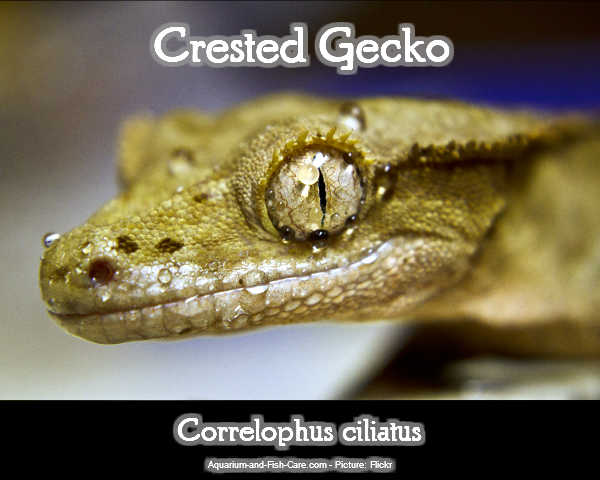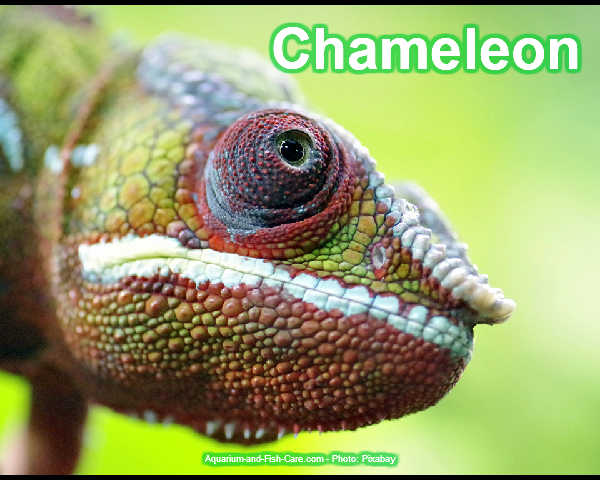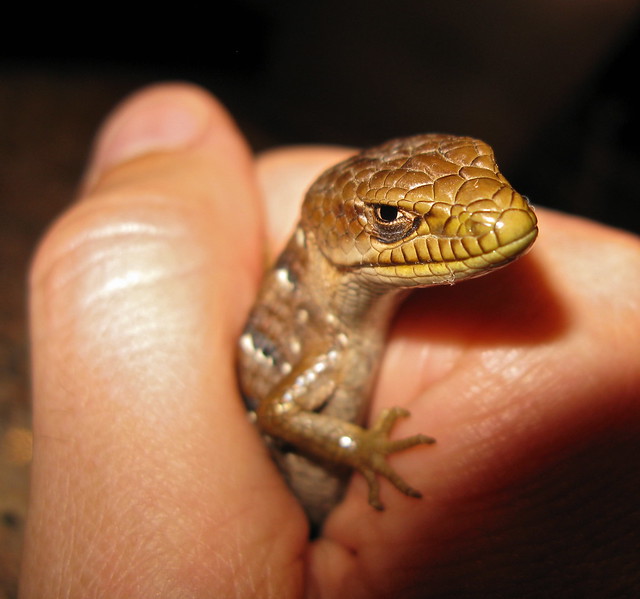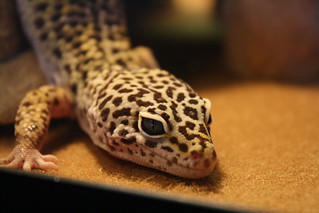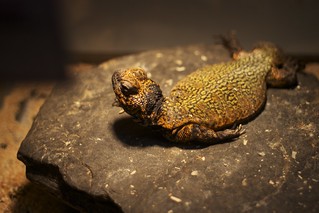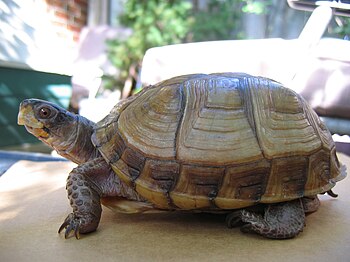 |
| Green Tree Python - Photo by nasmac |
You must know the proper requirements for your snakes before you commit to keeping more than one in the same enclosure. All snakes are not the same! Feeding them together is discouraged as well. Some snakes eat other snakes, too, so be careful about your choices. There are people who live in the country who will keep the king snake alive simply because it is known to kill other harmful snakes.
There are different types of corn snakes and different types of pythons. Know your type before you purchase. Some make better choices than others for pets. Don't touch your snake if it's in the water bowl and has developed milky eyes. This could be a sign of shedding. Because the snake has limited vision, it could strike out at you in defense, not knowing you don't intend to harm it.
There are things that could make your snake reluctant to eat. Force feeding is not a good idea. Illness, stress, shedding, temperature, humidity, and occasional fasting may make your snake's appetite change.
The anaconda is not the longest snake ever known, but it is the heaviest. Although anacondas have been kept in captivity, it is not advisable. For one thing, it isn't fair to the snake. Their natural environment is a river. Some people have gone so far as to keep venomous or dangerous reptiles for pets, including rattlesnakes. This is highly discouraged, especially in homes containing children or the elderly.
Wildlife shows make the adventures with reptiles seem fun and exciting. But most people should note that these people who interact with the snakes and other reptiles are experienced, trained professionals. They didn't become enlightened overnight.
Scaled reptiles are classified as Squamata, which includes lizards and snakes . Detachable jaws are one of the fascinating talents of the snakes. The other qualification for inclusion as a Squamata is the scaly skin or shields.
. Detachable jaws are one of the fascinating talents of the snakes. The other qualification for inclusion as a Squamata is the scaly skin or shields.
Snakes are thought to have evolved from lizards---but most people are far more scared of snakes than they are of lizards! It's ironic that the snake evolved from the lizard, yet lizards are one of the small animals the snake is known to eat.
Some snakes can climb trees to steal eggs from the bird nests. They've even been known to devour the unfortunate bird left guarding the eggs. Because the snake swallows its food whole, digestion is more complicated and tiresome for the reptile. This will cause the snake to regurgitate if disturbed during digestion so it can escape danger.
Yes, snakes can be interesting pets and interesting reptiles. Just make sure you know what you're dealing with before you attempt to make contact!



